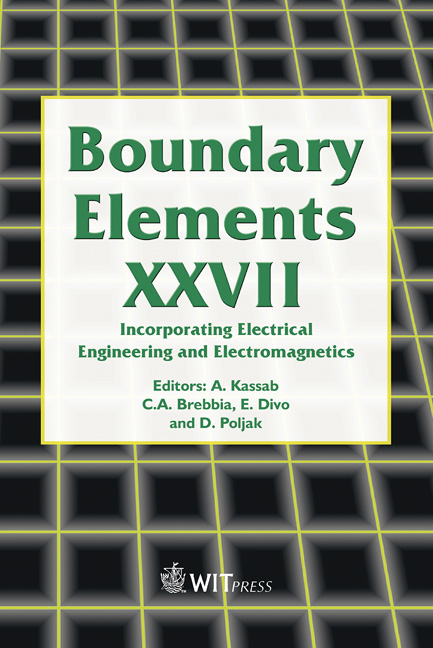Dual Porosity DRM Formulation For Flow And Transport Through Fractured Porous Media
Price
Free (open access)
Transaction
Volume
39
Pages
10
Published
2005
Size
434 kb
Paper DOI
10.2495/BE050381
Copyright
WIT Press
Author(s)
T. Samardzioska & V. Popov
Abstract
The main objective of this work is to develop a model for flow and solute transport in fractured porous media based on the dual porosity approach and the Dual Reciprocity Method. The developed model is compared to the results obtained using the equivalent continuum model and the discrete fracture/nonhomogeneous model. The comparison is performed for a square porous domain with regular mesh of three parallel fractures combined with a further three fractures perpendicular to the first ones. The results helped to draw some conclusions in respect to the similarity of potentials as well as fluxes for the different methods. In this research the Boundary Element Dual Reciprocity Method scheme (BE DRM) has been used, in combination with the dual-porosity model. Keywords: fractured porous media, dual porosity model, DRM, BEM. 1 Introduction Fractured porous media could be modelled with a non-homogeneous model where porosity and permeability are allowed to vary discontinuously and rapidly, as both quantities are significantly larger in the fractures than in the porous rock. This approach is considered to be more accurate than the dual porosity model, since it introduces a smaller number of simplifications or approximations. However, the computational and data requirements for treating such a model are often too large, which makes this approach not suitable for every practical case. As an alternative, the discontinuous nature of the permeability and porosity can be avoided by replacing them by averaged values. Such simplification is used in the equivalent continuum model [1], which does not contain fractures,
Keywords
fractured porous media, dual porosity model, DRM, BEM





